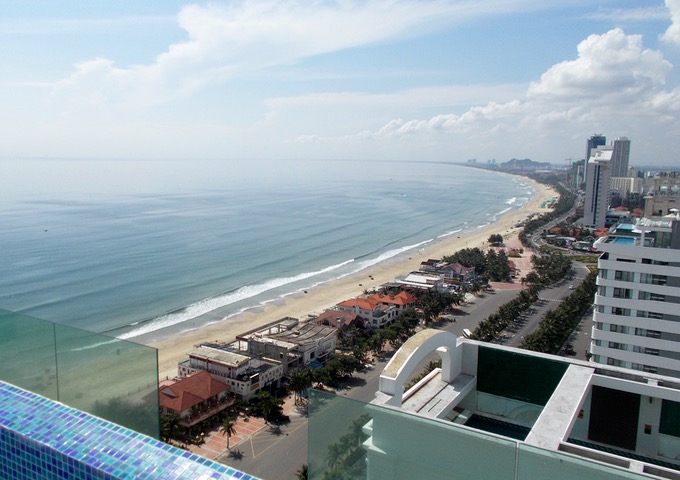Just within the first six months of 2019, Da Nang added 100 more accommodation facilities with 6,000 rooms. More 1-3 star hotels have arisen in the last three years, especially in coastal areas in the districts of Son Tra and Ngu Hanh Son.
Various hotels have mushroomed on the streets of Vo Nguyen Giap, Nguyen Van Thoai, Ha Bong, and Ho Nghinh. Up to 50-70 hotels are located in a 500-meter long road.

As of the end of June, the city had 820 accommodation facilities with 37,432 rooms, the city’s Tourism Department reported. On average, the city has had 100 more accommodation facilities each year with nearly 6,000 rooms.
The majority of them are 1-3 star hotels. Statistics of the Da Nang Tourism Promotion Center, there are 650 one to-three-star hotels out of 820 accommodation facilities.
There are only eighty 4-5 star hotels across the city. The remaining are high-end resorts, villas, standard apartments, and guest rooms with standard rooms for lease.
Oversupply is considered the reason why the room occupancy rate in the first half of the year in Da Nang was low, just 50 percent. The rate for 4-5 star hotels was nearly 60 percent.
Oversupply crisis not only has made it more difficult to do business, but also put pressure on the urban infrastructure system, especially transport.
According to a high ranking official of the Da Nang’s Department of Construction, the rapid growth in number of accommodation facilities could be seen as a success in attracting investment into tourism real estate projects. However, the high growth rate has caused problems to infrastructure, environment, air, water supply and waste treatment, he admitted.
Da Nang has low-end hotels in abundance, but fewer high-end hotels and resorts, said CEO of Furama Resort Huynh Tan Vinh. This has led to stiff competition among hoteliers and the low hotel room occupancy rate.
He believes that now is the time for Da Nang to restrict the granting of licenses to 1-3 star hotels. Local authorities also need to give predictions about the number of travelers and supply of hotel rooms, so that investors can have more accurate information.
The licensing now depends on state management agencies, especially the Department of Construction.
The Central coastal city has been recognized as the most livable city in Vietnam. It is also an attractive destination for travelers in the country.

















